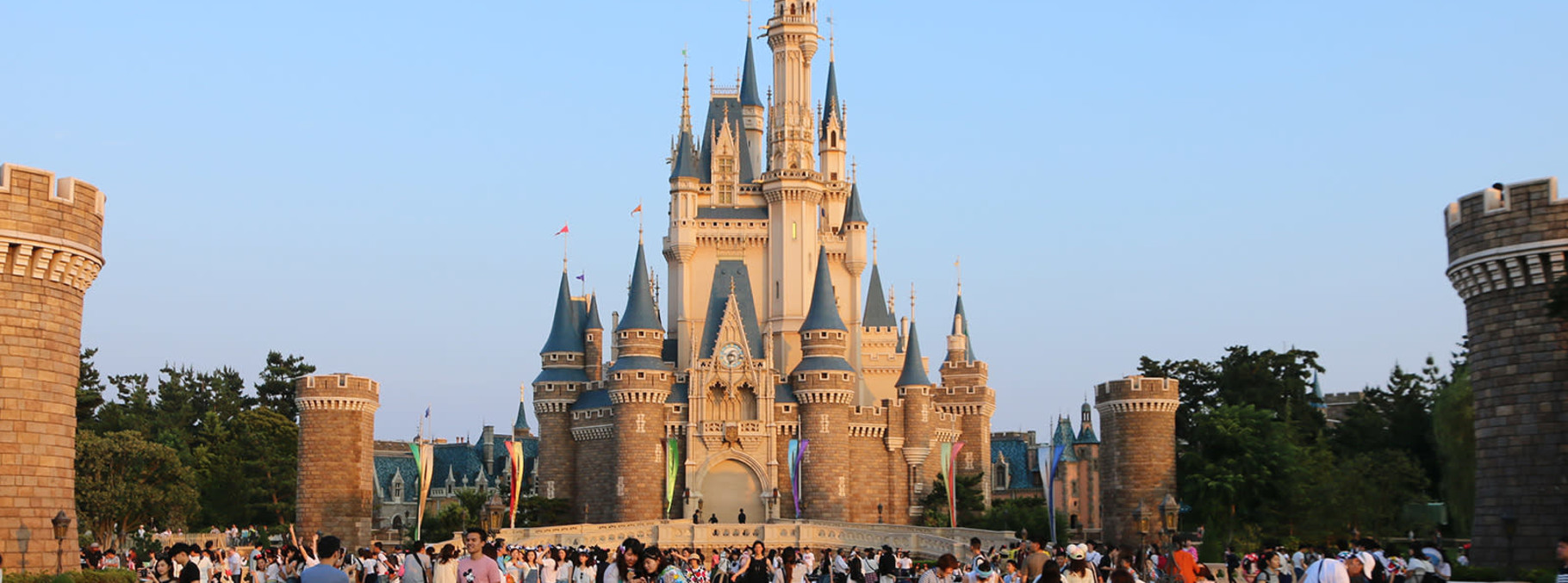Niutsuhime Shrine


(Source: ふくいのりすけ / PIXTA(ピクスタ) )
Giant Main Halls of the Four Gods
Four deities are enshrined in the four main halls of Niutsuhime Shrine. Enshrined in the first hall is the great god Niutsuhime-no-Okami who has been worshiped since long ago, in the second hall is Takanomiko-no-Okami who is related to the opening of the famous Mt. Kota temple complex, in the third hall is Ogetsuhime-no-Okami, and in the fourth hall is Ichikishimahime-no-Okami.

(Source: wolf eyes / PIXTA(ピクスタ) )
Important Cultural Property: Romon Gate
This majestic romon gate was built in the Irimoya-zukuri style of architecture in 1499 during the Muromachi period. The building has a “hiwadabuki” roof which utilizes traditional roofing methods using the bark and wood from hinoki cypress trees. The gate is an important remain from the Muromachi period of the romon style which utilizes a three bay, one door gate.

(Source: wolf eyes / PIXTA(ピクスタ))
The “Taiko-Bashi” Bridge of the Gods
Just past the gateway to the shrine is the red lacquered arch bridge, “Taiko-bashi” which is crossed by the gods. It is said that the bridge was offered to the shrine by Toyotomi Hideyoshi’s famous concubine, Yodogimi. Pictures of this bridge can also be found on the wooden horse prayer tablets of Niutsuhime Shrine. Long ago during the Heian and Kamakura periods various ceremonies took place atop the bridge.

(Source: tenjou / PIXTA(ピクスタ) )
Hanamorisai
The “Hanamorisai” performed every year on the third Sunday of April is a grand festival celebrating the coming of spring. During the festival, a procession of people including one dressed as a famous deity parade through the town while local children dance to musical performances of taiko drums and flutes making for a very exciting event.
Special Shop for the Local “Yoyotte”
Because Niutsuhime Shrine is located deep in the mountains where there are very few other shrines and festivals, there are no food stalls set up and very few restaurants in the area. However, one can find a special store which sells the local “Yoyotte” open on weekends, holidays, and during New Year’s. Please be sure to drop by on your visit to the shrine.

(Source: ふくいのりすけ / PIXTA(ピクスタ) )
Giant Main Halls of the Four Gods
Four deities are enshrined in the four main halls of Niutsuhime Shrine. Enshrined in the first hall is the great god Niutsuhime-no-Okami who has been worshiped since long ago, in the second hall is Takanomiko-no-Okami who is related to the opening of the famous Mt. Kota temple complex, in the third hall is Ogetsuhime-no-Okami, and in the fourth hall is Ichikishimahime-no-Okami.

(Source: wolf eyes / PIXTA(ピクスタ) )
Important Cultural Property: Romon Gate
This majestic romon gate was built in the Irimoya-zukuri style of architecture in 1499 during the Muromachi period. The building has a “hiwadabuki” roof which utilizes traditional roofing methods using the bark and wood from hinoki cypress trees. The gate is an important remain from the Muromachi period of the romon style which utilizes a three bay, one door gate.

(Source: wolf eyes / PIXTA(ピクスタ))
The “Taiko-Bashi” Bridge of the Gods
Just past the gateway to the shrine is the red lacquered arch bridge, “Taiko-bashi” which is crossed by the gods. It is said that the bridge was offered to the shrine by Toyotomi Hideyoshi’s famous concubine, Yodogimi. Pictures of this bridge can also be found on the wooden horse prayer tablets of Niutsuhime Shrine. Long ago during the Heian and Kamakura periods various ceremonies took place atop the bridge.

(Source: tenjou / PIXTA(ピクスタ) )
Hanamorisai
The “Hanamorisai” performed every year on the third Sunday of April is a grand festival celebrating the coming of spring. During the festival, a procession of people including one dressed as a famous deity parade through the town while local children dance to musical performances of taiko drums and flutes making for a very exciting event.
Special Shop for the Local “Yoyotte”
Because Niutsuhime Shrine is located deep in the mountains where there are very few other shrines and festivals, there are no food stalls set up and very few restaurants in the area. However, one can find a special store which sells the local “Yoyotte” open on weekends, holidays, and during New Year’s. Please be sure to drop by on your visit to the shrine.





